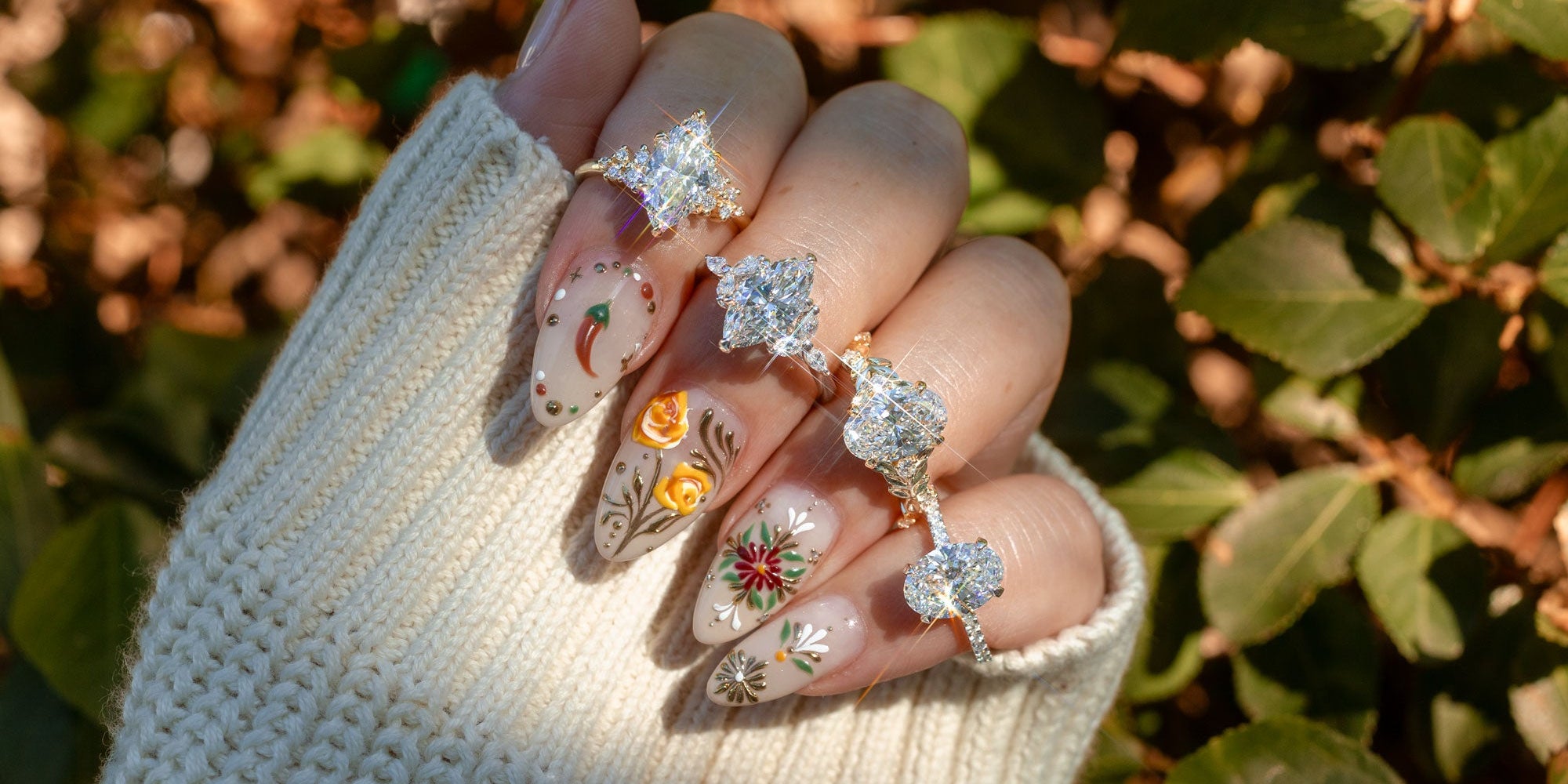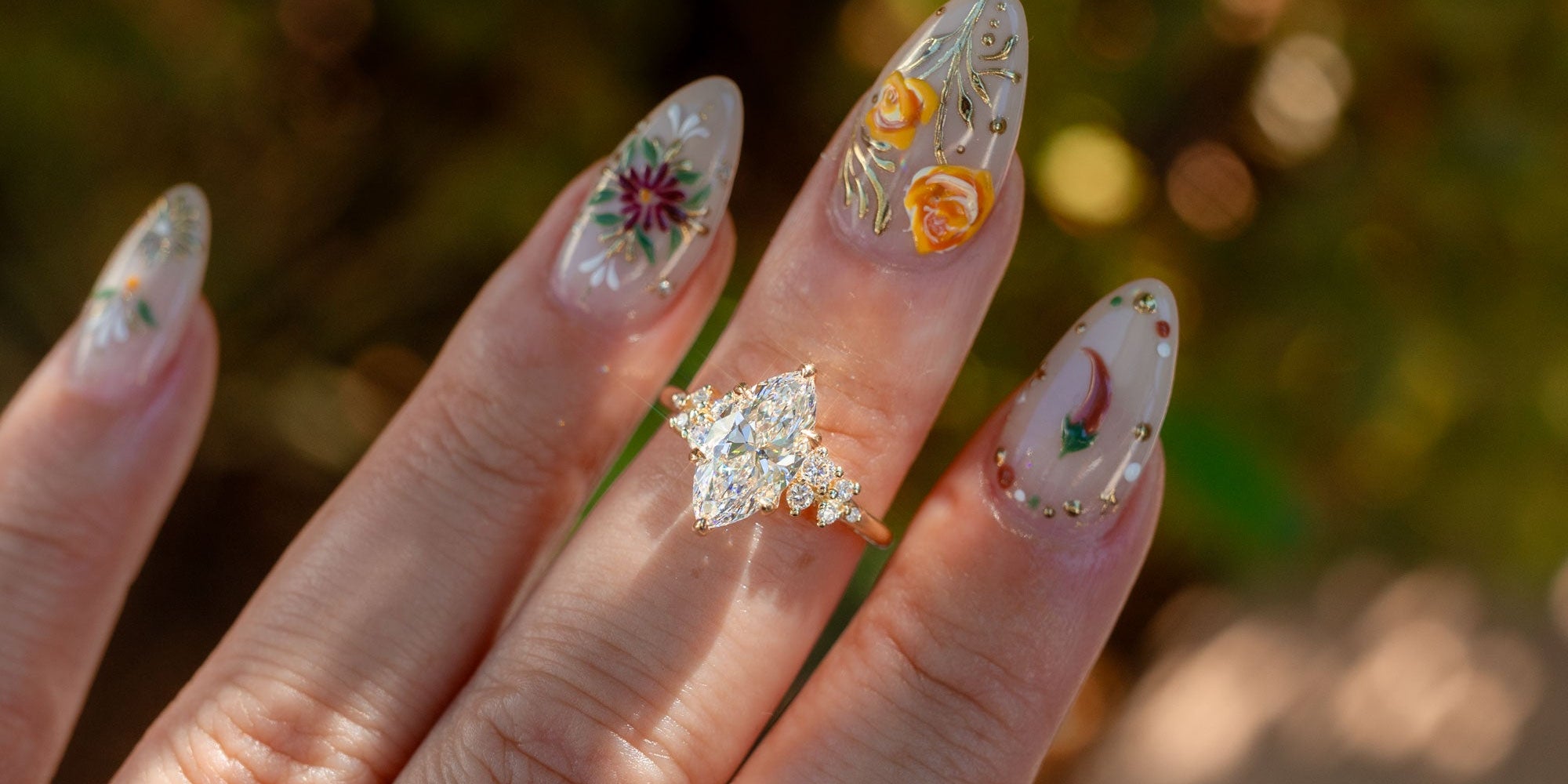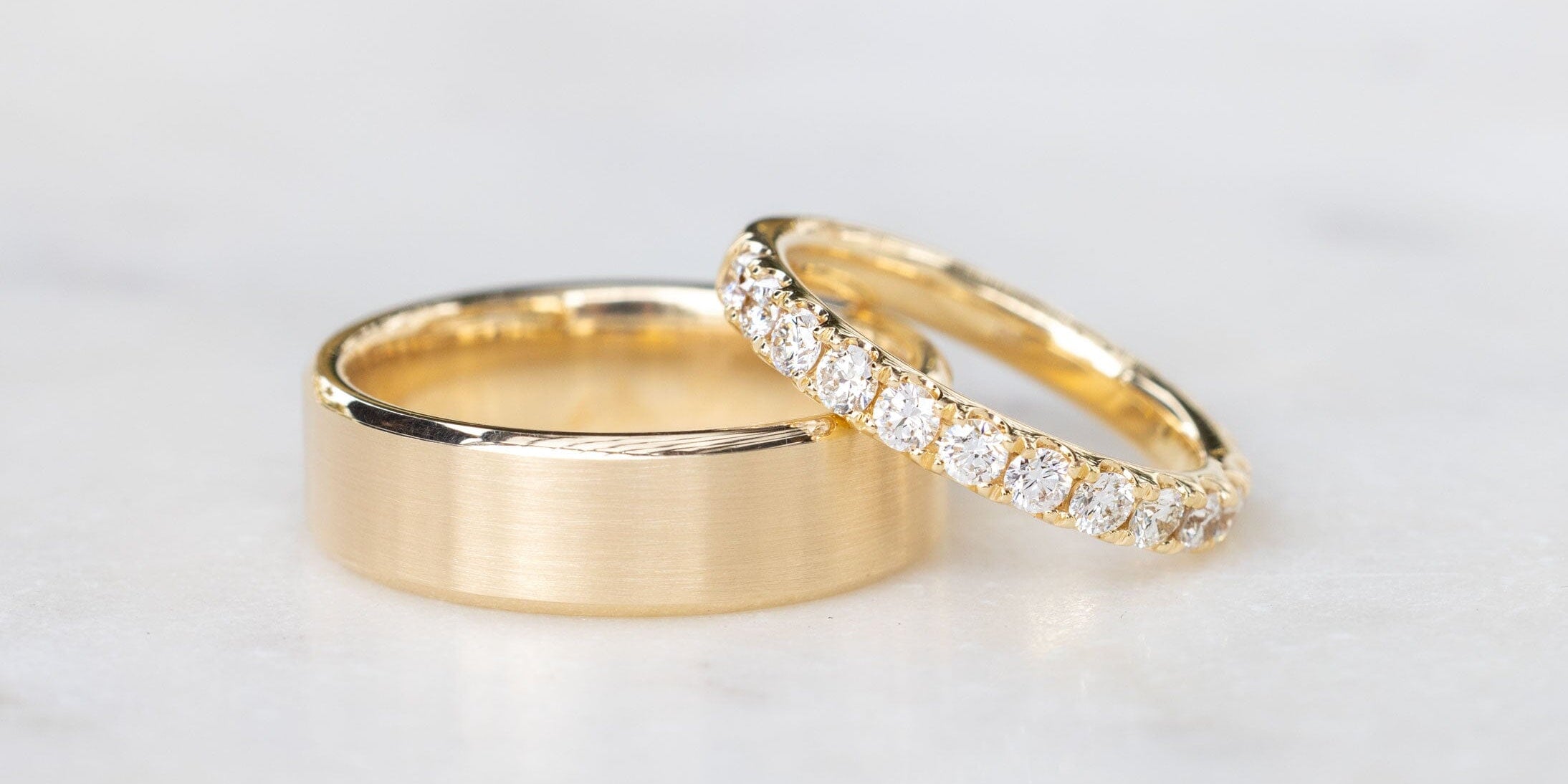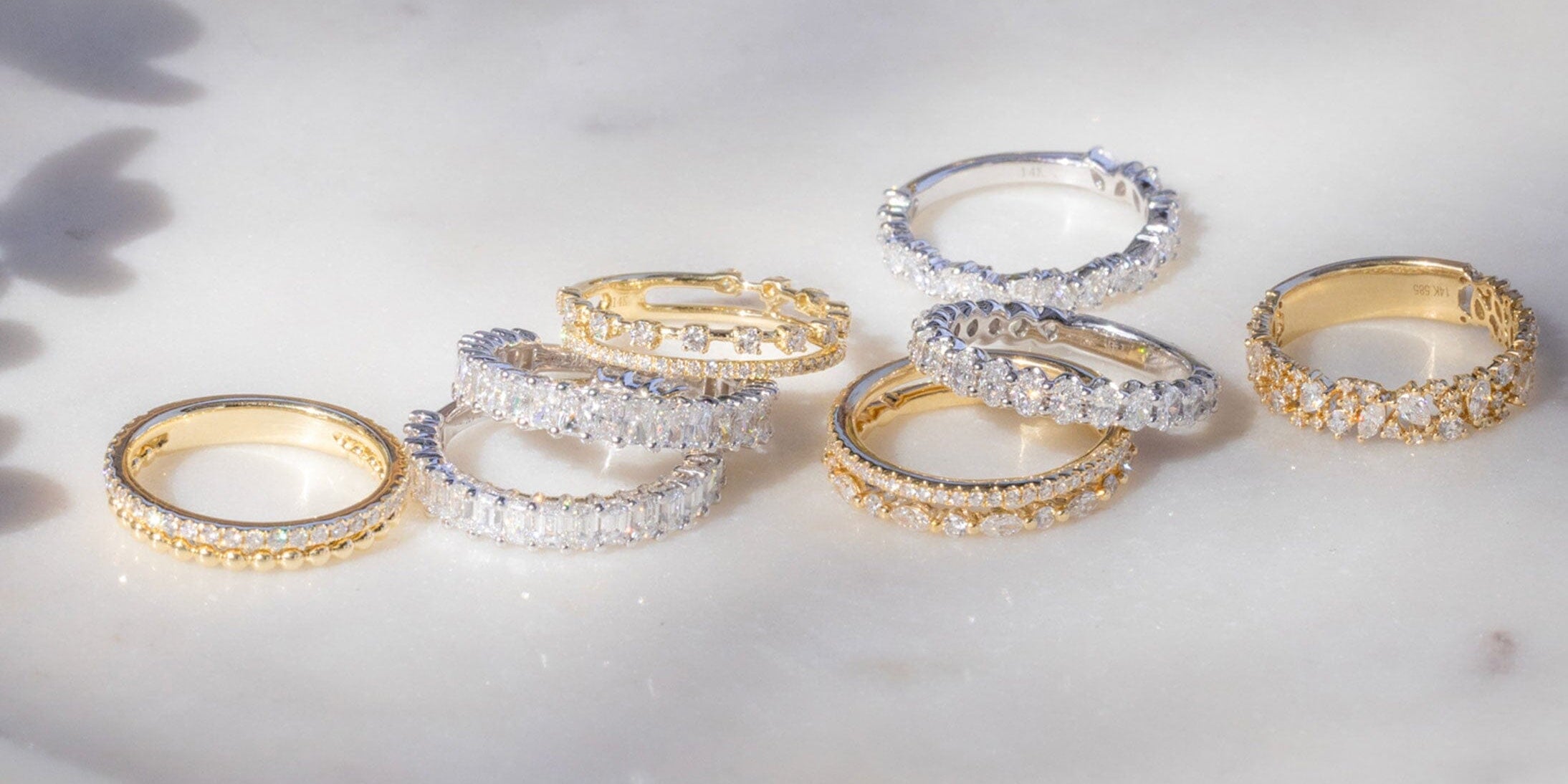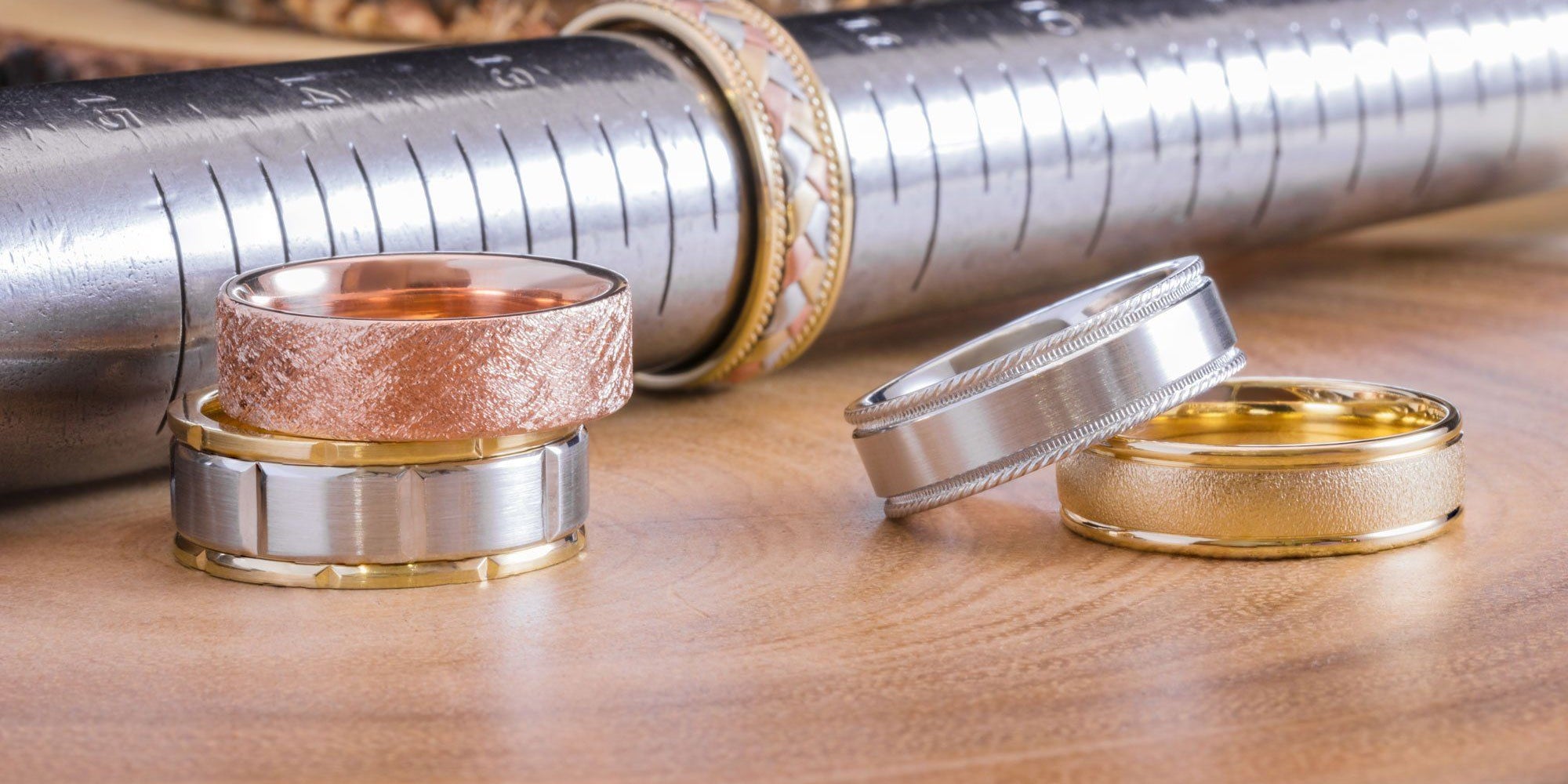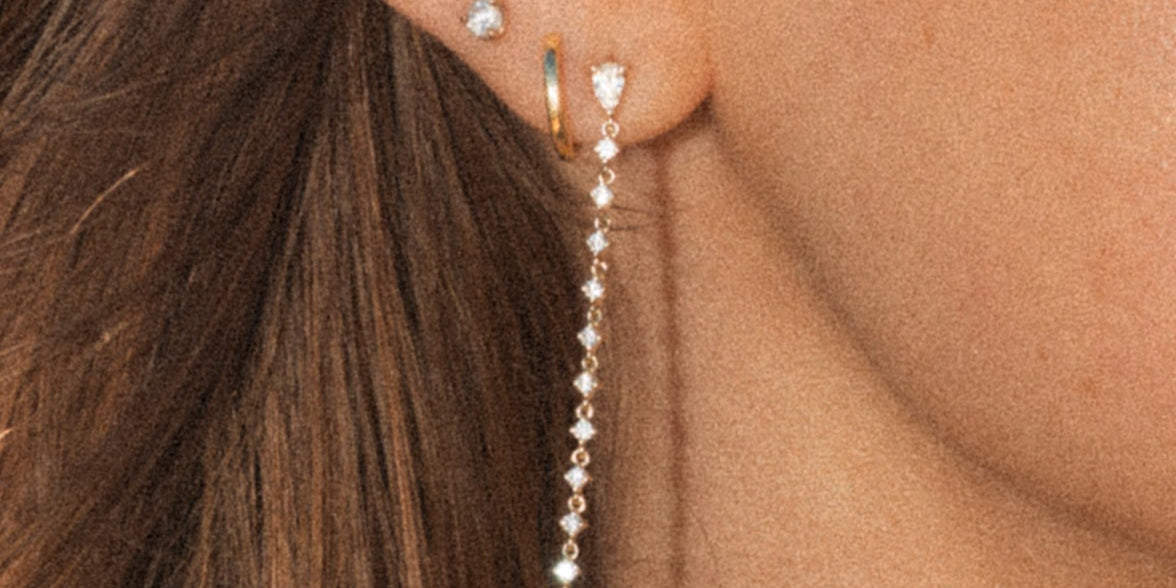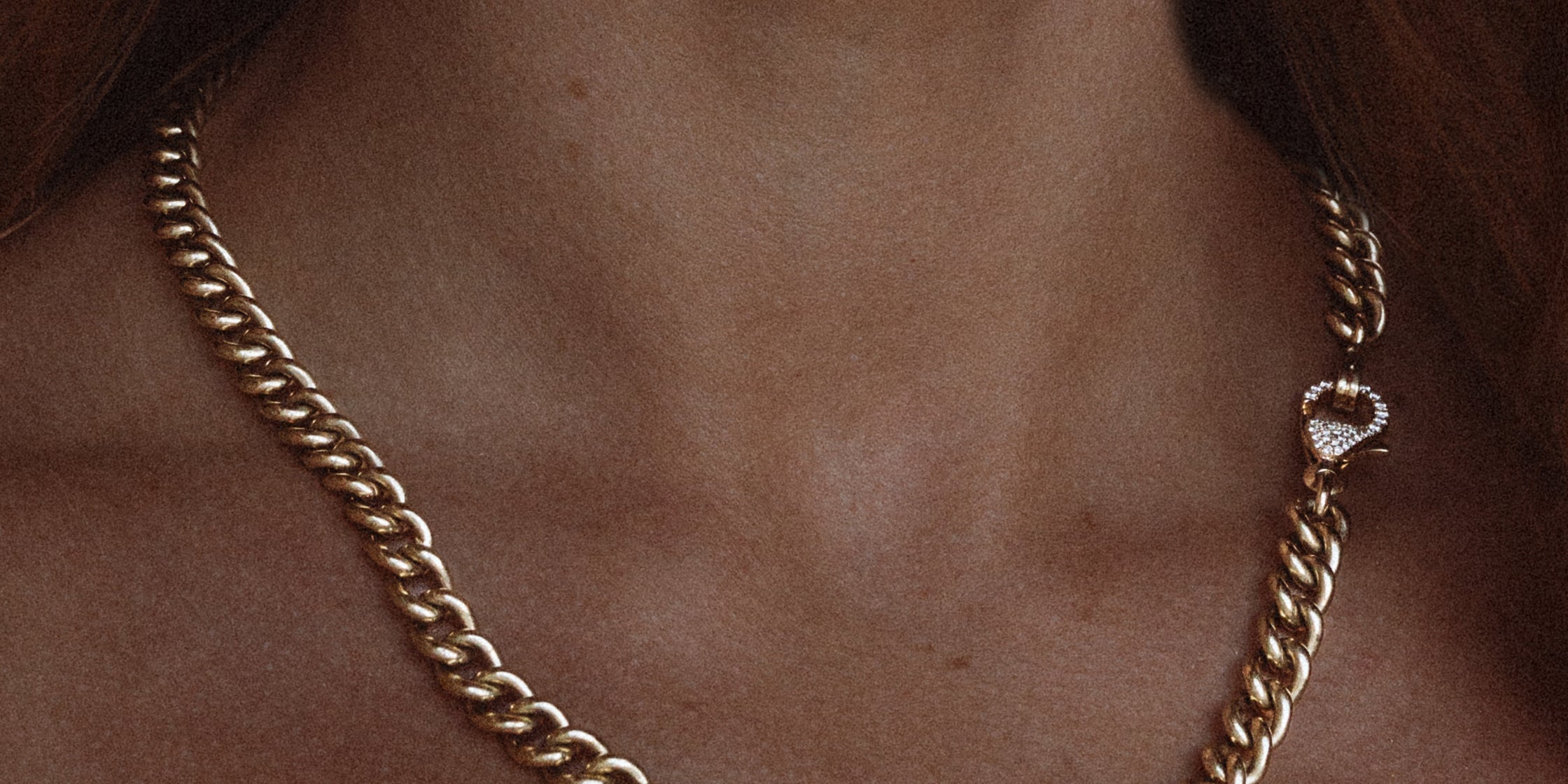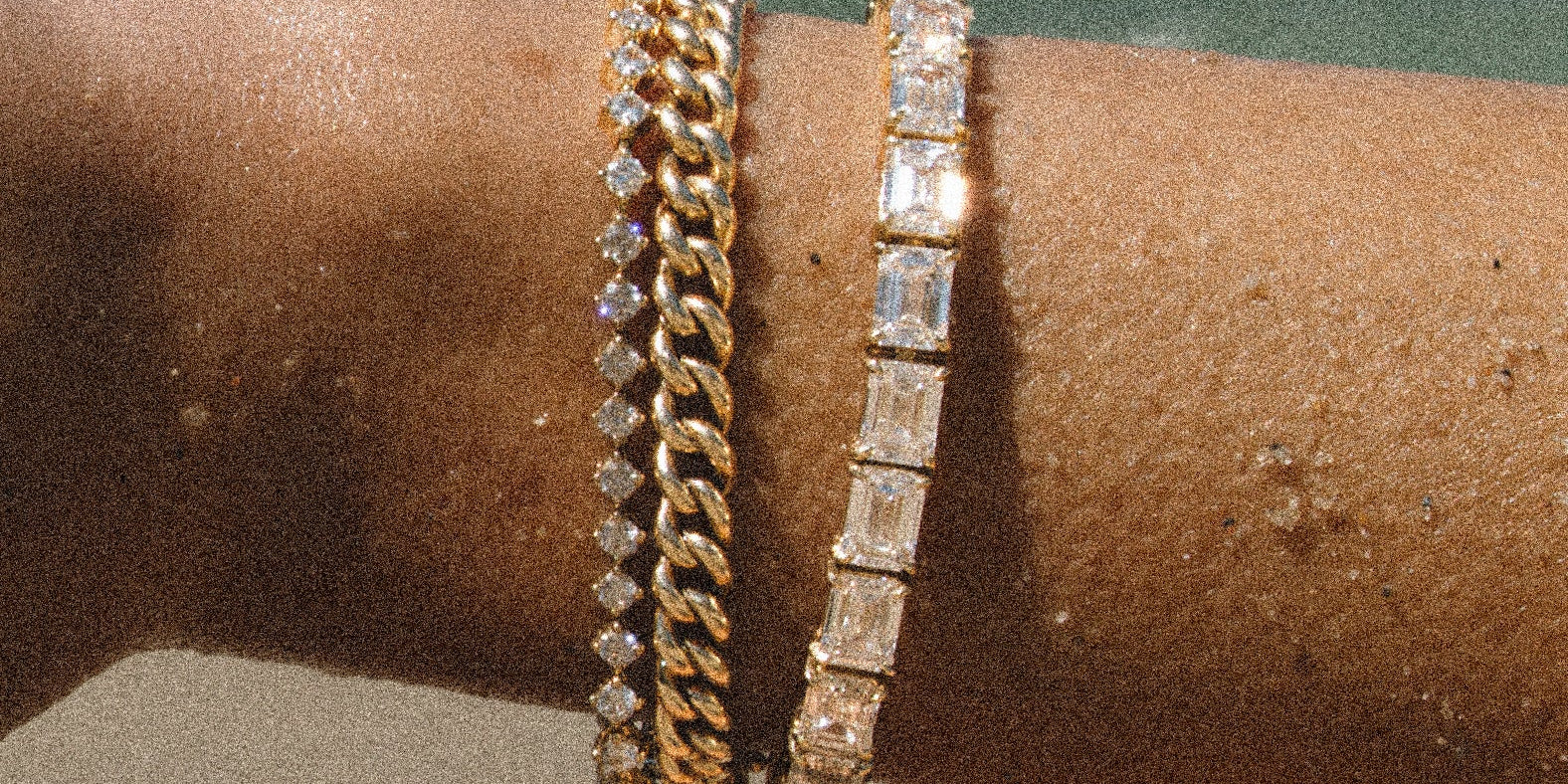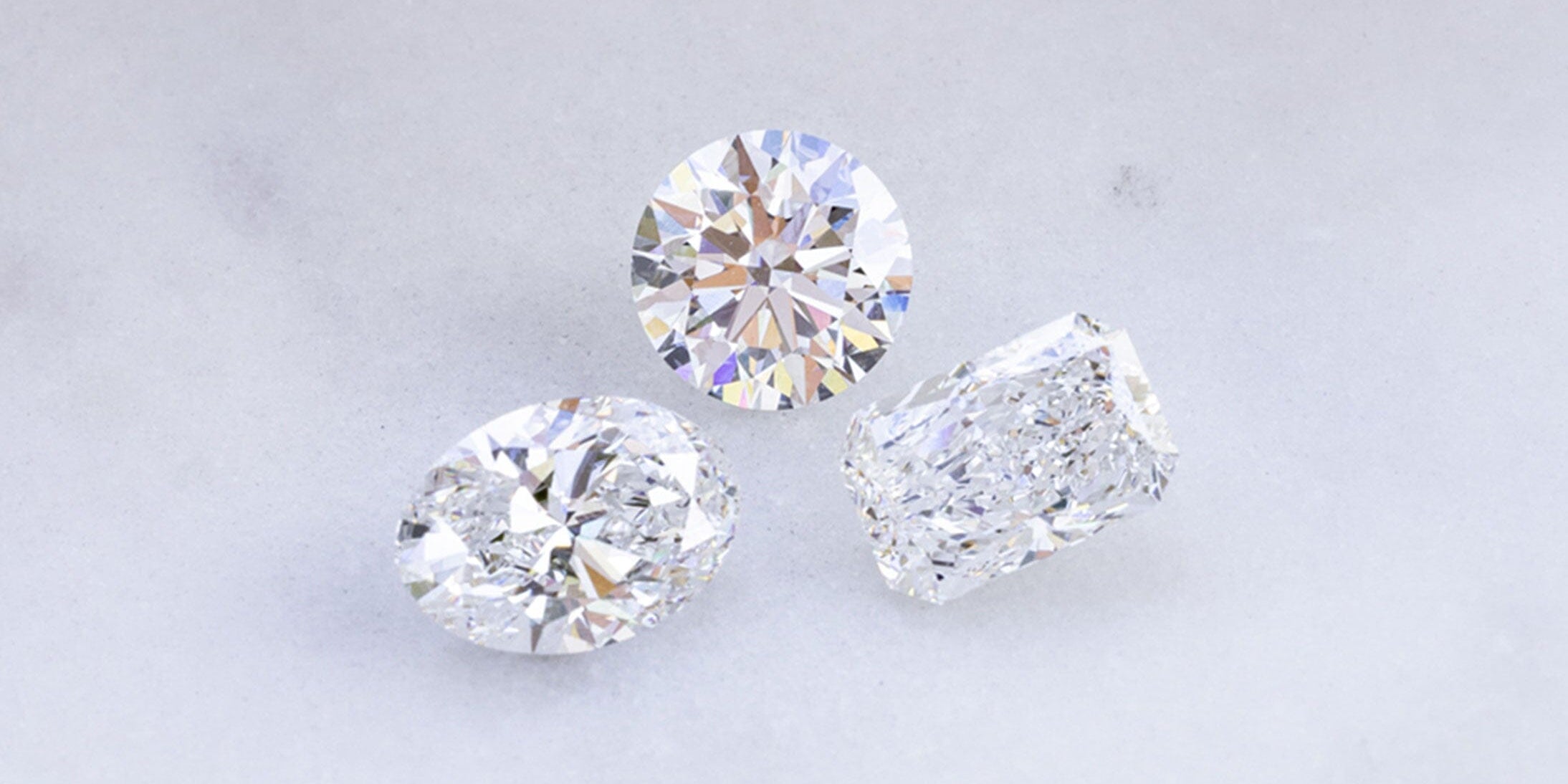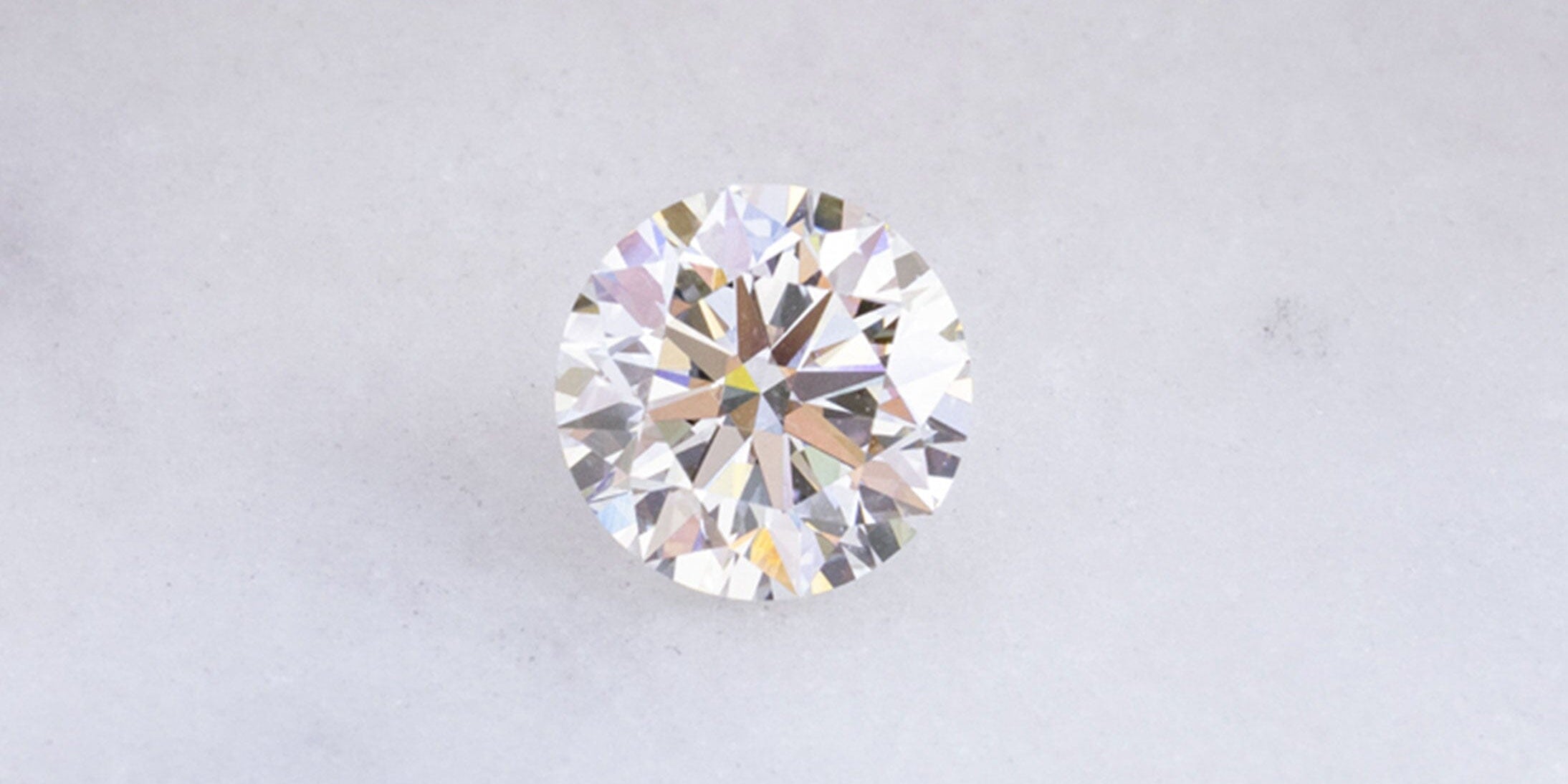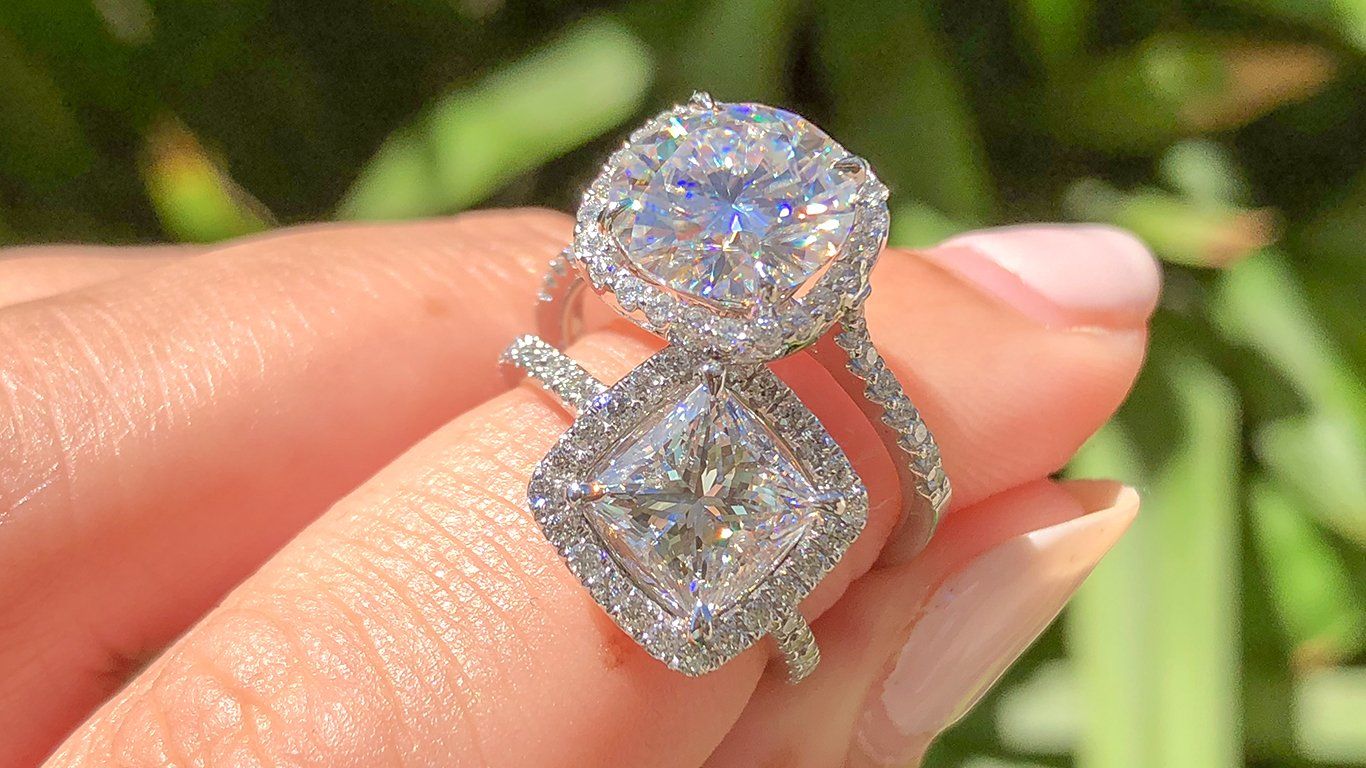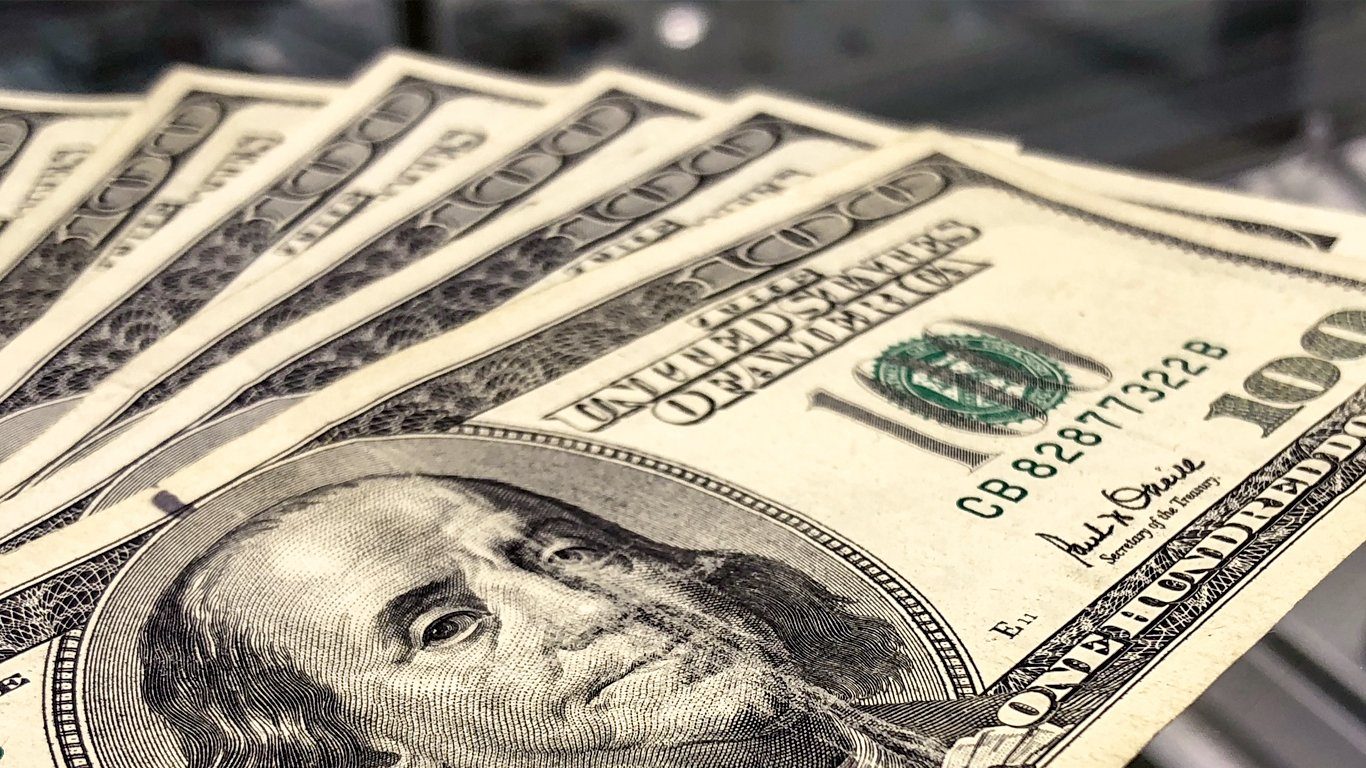HISTORY
- Moissanite was first discovered in 1893 by a French scientist named Henri Moissan, who later won the Nobel Prize in chemistry.
- He discovered microscopic particles of the mineral inside a crater located in Diablo Canyon, Arizona.
- When produced naturally, Moissanite is created from stars.
- The moissanite particles discovered in Diablo Canyon are known to have originated from a meteorite that impacted the Earth thousands of years ago.
- At first, Henri Moissan believed he had discovered diamond. It wasn't until 1904 that the mineral was identified as Silicon Carbide.
- Although the supply was too limited for jewelry use, the stone was later named Moissanite in honor of Dr. Moissan.
CHARLES & COLVARD
- It wasn’t until the late 1980’s that a company named Cree in North Carolina began producing large single crystals of moissanite.
- Due to the fact that there is essentially no natural supply of moissanite, it needs to be produced in a laboratory by a controlled thermal growing process.
- Charles & Colvard recognized the minerals potential when cut properly and patented the production process, making them the only producer of moissanite up until its expiration in 2015.
- Although Charles & Colvard is known for its high quality moissanite gemstones, there are now many other competing producers of moissanite on the market.
- Here at Princess Bride Diamonds, we have carefully examined various brands of moissanite and decided to carry Charles & Colvard and a newer company, Harro Gem, due to their overall quality, gorgeous refractive properties, and unique diamond-like cutting styles. New manufacturers are always popping up and we plan to continue to adapt as the quality of the stones do.
MOISSANITE VS. DIAMOND CHARACTERISTIC
- In the jewelry industry, moissanite is very popular for its similarities in appearance and wearability to diamond.
- Due to the controlled laboratory conditions, all moissanite gemstones will be relatively identical in color and clarity, whereas diamonds are the complete opposite - no two stones will have the same pattern of inclusions.
- This means that diamond prices will vary depending on quality, but moissanite prices will not.
- The clarity among moissanite gemstones is approximately VS1 and above.
- This ensures that the gemstone will be clear of inclusions to the naked eye and under a 10 power jewelers loupe. Inclusions, if any, can typically be seen only under a microscope.
- Moissanite is produced in various color shades.
- The most popular choice is colorless, which is comparable to a diamond in the DEF color categories.
- Moissanite can also be made at the near-colorless grade, which is comparable to a diamond in the GHI color categories.
- Moissanite is known for its refractive index of 2.65, which is notably higher than a diamond at 2.42 or sapphire at 1.76.
- The higher the refractive index, the higher the brilliance, which looks like bright light traveling out of the stone.
- One of the most visibly distinguishing properties of moissanite is its high fire dispersion
- Moissanite receives a fire dispersion score of 0.104, while a diamond’s score is only at 0.044
- You will see much more of a fiery rainbow appearance in the moissanite compared to the diamond.
- The luster of the stone will determine how much light is reflected to the observer off the surface.
- Moissanite has 18% greater luster than a diamond and 50% greater luster than a cubic zirconia.
- Scratch resistance is an extremely important property of diamonds for wedding rings because after years of daily wear they hardly show signs of aging.
- Diamonds are the hardest known mineral, giving them a score of 10 on the Mohs Hardness Scale.
- Moissanite is a very close second, at 9.25-9.5, making it a great alternative stone for a wedding ring or any piece of jewelry you plan to wear daily.
MOISSANITE VS. DIAMOND PRICE
- Due to the way they are produced, moissanite costs a fraction of the price of a diamond.
- Remember that moissanite are all approximately VS1 or better in clarity? When comparing moissanite prices to diamonds at similar qualities here is what you will see:
- 1.01ct Round Diamond D VS2 GIA $6,328 vs. 1.00ct Round Moissanite Colorless (DEF VS1) $659.
- 1.52ct Round Diamond F VS2 GIA $12,275 vs. 1.50ct Round Moissanite Colorless $999.
- 2.01ct Round Diamond F SI2 GIA $18,935 vs. 2.00ct (1.90ct) Round Moissanite Colorless $1,280.
- Due to their gorgeous sparkle, precisely engineered cuts, durability, and attractive price points, moissanite is becoming an increasingly popular choice for engagement rings and jewelry alike.
- Stop by Princess Bride Diamonds any time to check one out today!

